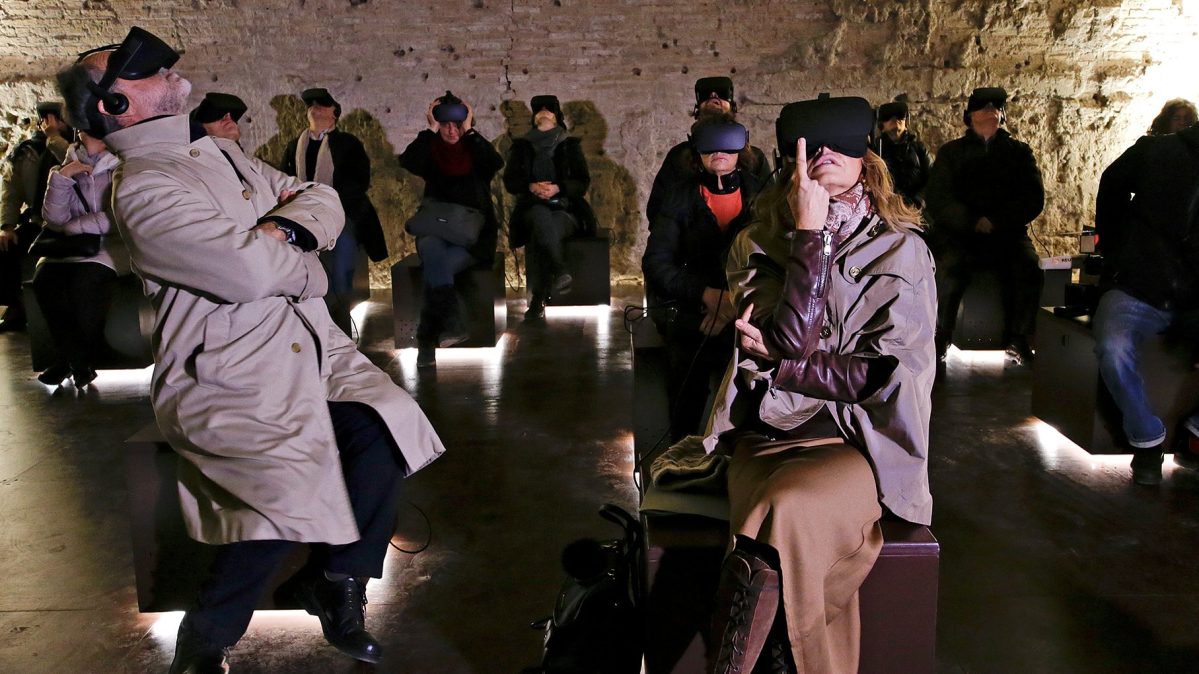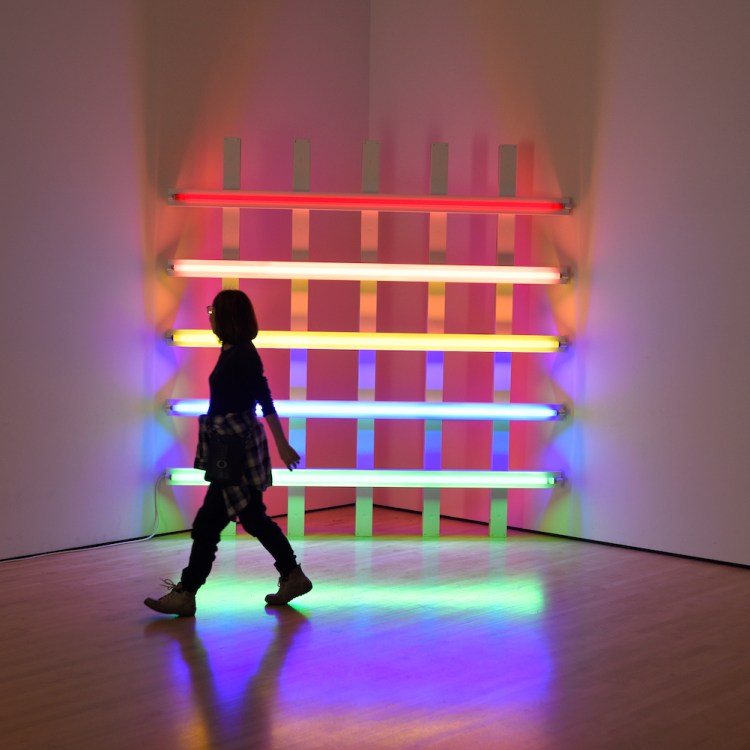Digital artists have studied renaissance-era depictions to help connect ancient history and modern tourism. This cutting-edge innovation is now being used to augment tourists’ experiences at ancient sites in Rome.
With the new augmented reality technology, visitors to Emperor Nero’s palace, Domus Aurea, can now see how it would’ve appeared in its original form. Today, the labyrinthian ruins are a subterranean maze of archeological wonder, but 2,000 years ago, Domus Aurea was a sprawling, light-filled villa.
KatatexiLux, the company that created the virtual reality experience, takes visual information from archeologists as well as digitized versions of Renaissance art and brings them to life via Oculus Rift VR headsets. The company then uses graphics-rich video game technology to build the ancient world for tourists to explore.
Read more about the experience here, or watch the video above.
—RealClearLife
This article was featured in the InsideHook newsletter. Sign up now.
























